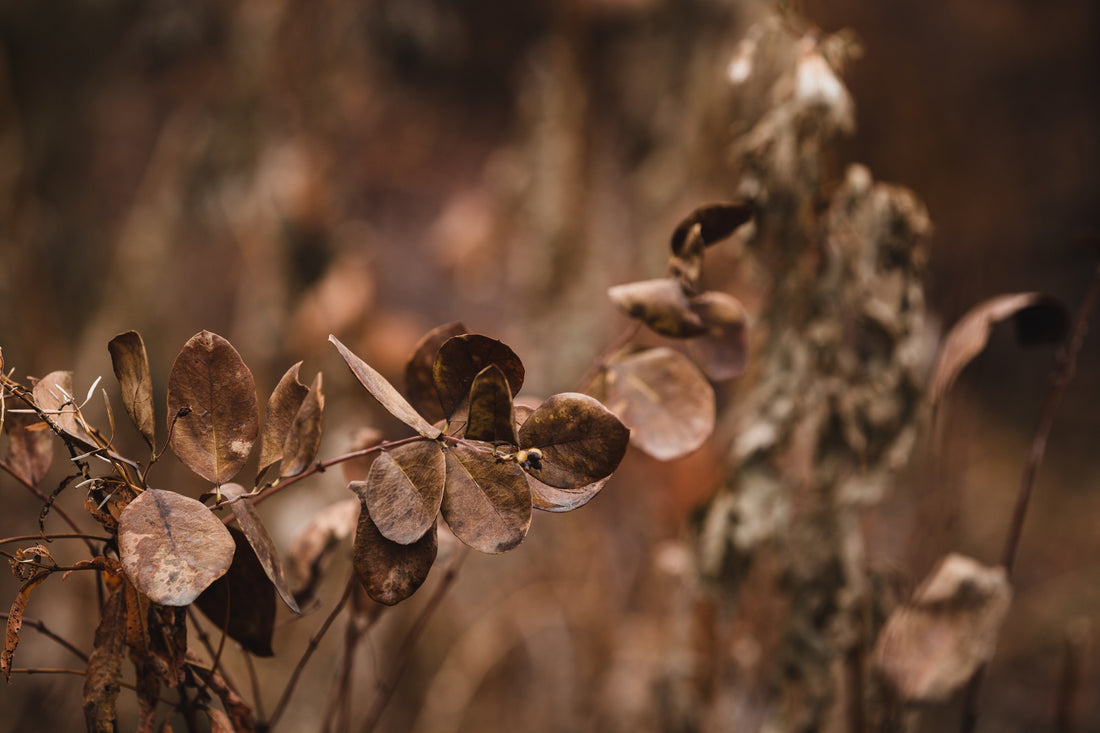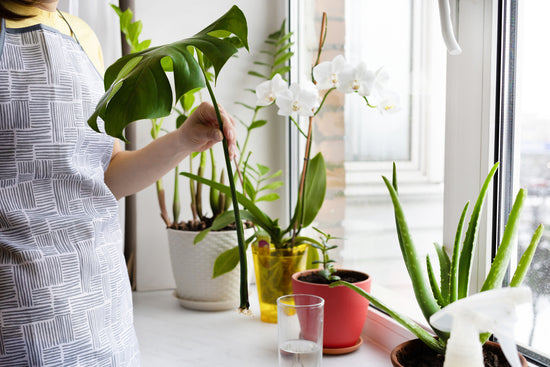Do plants become zombies? What does it mean when they zombify? These questions are best answered by saying, "Yes, they do" and "When they zombify, they stay young forever." But at what cost?
• What brings about this change?
A much-debated topic in the scientific world, this parasite which seemingly turns plants into zombies is a bacteria that can infect plants through various means. This bacteria is called Phytoplasma and has been a long-standing threat to plants that it may affect.
In this case of the zombie plant, a molecule termed SAP05 which is produced by the Phytoplasma bacteria is what causes a very abnormal and debatable reaction in plants. It infects flora and sparks an abnormal growth reaction in them. To be more specific, this parasite stops the growth of any plant that it attaches itself to. It reaches the center that produces growth regulators in plants and stops or alters all kinds of growth.
However, SAP05 isn't the first molecule discovered that has been linked to similar symptoms.
• Abnormalities in Growing Plants: The Witches Broom
Since the parasite alters the growth regulators of the plants, they tend to grow differently. Some plants like juniper, fir, pine, lilac, and a few others tend to have abnormal growth called the Witch's Broom. This is a kind of deformity in plants that occurs extensively in woody trees that have been infected by this parasite. The natural structure of the plant is completely altered.
In terms of abnormal growth, the plant also stays young forever. While this may sound positive to us as humans, for the plant it isn't so pleasant. After infection, the plant exists only for the parasite and its sole purpose is to feed it. It stops growing and maturing, and every nutrient it consumes is for the parasite that lives inside it.
• The Infestation Process: How it Starts
The terrifying nature of SAP05 lies in its stealthy infiltration process. It begins with the parasite attaching itself to the host plant's roots through microscopic tendrils. Once attached, it sucks away all vital nutrients and water, leaving the plant in a state of constant deprivation. This gradual but relentless attack slowly zombifies the plant, causing it to wither, lose its vibrant colors, and exhibit abnormal growth patterns.
• Symptoms in growing plants:
The SAP05 molecule and parasite creates a zombie plant out of any plant it manifests in. The green plant that was once vibrant and only dependent on itself then becomes a shell of itself, completely reliant only on the parasite and existing solely for the parasites survival.
These are some symptoms to watch out for if you suspect a plant has been infected by this parasite-
1. Stunted Growth:
SAP05-infested plants experience a significant reduction in growth, leading to smaller leaves, thinner stems, and an overall diminished size.
2. Discoloration:
The once-vibrant foliage takes on a sickly hue, often shifting to shades of yellow or brown as chlorophyll production is disrupted.
3. Abnormal Shaping:
Leaves may become misshapen and display unusual growth patterns, further emphasizing the zombified appearance.
4. Increased Susceptibility to Disease:
Weakened plants become more vulnerable to secondary infections, thus increasing their misery.
Some other abnormal happenings that these plants experience are that they live longer. For some reason, their lifespan increases significantly and they continue to live like a shell of themselves for as long as the parasite is able to keep them alive.
• Prevention: Is it possible?
Fighting off SAP05 infestations requires a multi-faceted approach. Here are some strategies to keep this botanical zombie-maker at bay:
a. Regular Inspection:
Routine plant inspections can detect SAP05 early, preventing widespread infestations.
b. Quarantine Measures:
Isolate affected plants to prevent the parasite from spreading to healthy ones.
c. Soil Management:
Improve soil health with proper nutrition, fertilization, moisture, and aeration to strengthen plant resistance.
d. Natural Predators:
Encourage the presence of beneficial insects that feed on SAP05, such as nematodes and ladybugs.
The SAP05 parasite is a deadly and terrifying plant-eating parasite in the botanical world. It turns the world's botanical bounties into barely living plants that are unable survive on their own. The more you know, the better when it comes to instances like these because then you can do all that's possible to prevent your green companions from decaying before your eyes.
Visit Ugaoo's website to buy plants online and for tips about how to best care for your green companions.










